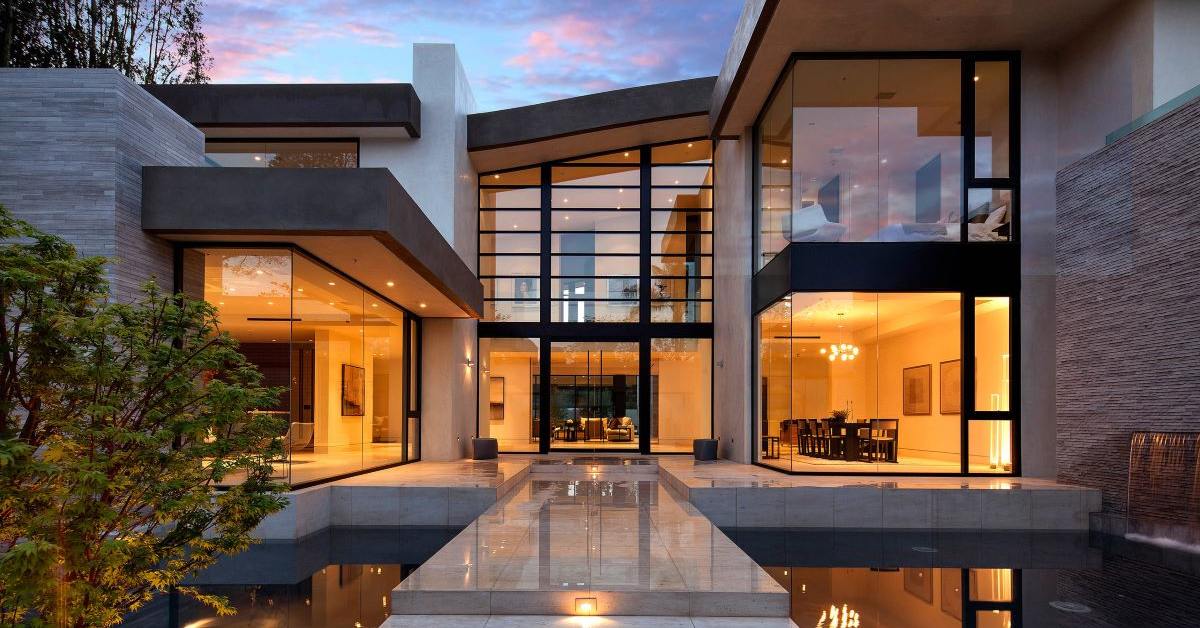
In the rapidly evolving modern architectural world, technological innovations have transformed how architects think, design, and build. This is not just the process of adopting more tools but also changing the ways and improving the way architects work and even how innovative they are. Hence, this blog from Deejos, one of the best residential architects in Chennai who explains how technology is transforming contemporary architectural design.
Digital Design Tools:
The technology has been used in modern architectural design by incorporating digital designing tools. Applications such as Computer-Aided Design or CAD enable architects to create precise models in 2D and 3D format in the limited time. Also, it is noted that BIM systems enhance the planning, design, and management of the buildings and infrastructure. Through the digital design tools the architects, engineers, and contractors work together in a single platform throughout the construction project design and construction process improving productivity, collaboration, and accuracy.
Computational Modeling & Parametric Design:
Computational Modeling is one of the approaches in the architecture industry which is worked with parametric design. In this approach, the algorithms and simulations that are predefined are incorporated with the system to create and analyze digital models that are created by the architects and designers.
Parametric design is one of the methods used in architecture and engineering where the relationships between the construction elements are predefined with parameters. Hence, this allows the engineers and architects to easily update their design thereby changing the overall structure as per the construction requirements in a short span of time. Hence, this approach improves overall flexibility, and efficiency in overall design especially working with complex structures.
Together, these methods enable architects and engineers to design innovative, efficient structures by allowing easy adjustments and thorough analysis.
Sustainable Technologies:
Thirdly, technology plays an important role in incorporating sustainability into the architecture. As a part of incorporating sustainability in architecture, there are many innovations made in the construction material like eco-friendly construction materials, solar design concepts, techniques, and renewable energy technologies, allowing architects to build green buildings with improved resource efficiency. In addition, simulation tools assist architects in assessing and optimizing the building's performance in respect to light, ventilation, and thermal conditions.
Construction With Advanced Technologies:
Using computer-aided technologies for construction and architecture has transformed the construction industry; 3D printing and construction using robots are among them. Also, with the help of technology manufacturing techniques have become advanced offering the highest flexibility in choosing materials and the creation of intricate structures is much more effective and precise.
Also, additive manufacturing is another advanced technology in construction where 3D printing is used to create the construction component layer by layer. This approach is distinct from traditional conventional methods where a solid construction element is created and then excess material is cutted away from the block using a subtractive manufacturing method. This additive manufacturing method is considered as the optimal option for creating unique elements on a construction site with a maximum reduction of waste due to reconstructions and with the acceleration of the building’s work.
Adaptive Spaces And Smart Structures:
Through technological advancements, architects are in a position to design comfortable spaces and smart buildings that can change their form and functionality as soon as they feel the need and the environment around them. Smart solutions such as smart lighting controls, smart climate control systems, smart facade systems or sensors, and smart building interfaces deliver comfort, convenience, and safety to the occupant and optimize the building's operation and performance, as well as energy efficiency.
Virtual Reality:
Architects use virtual reality to give their customers a real feel of what they are designing. Anyone who hires an architect to construct a house, building or renovate, one can put on the VR and go through the entrance and get the feel of the house from all the way to the interior of the house, the hallways, doors, closets, or even look through the windows. Hence, this approach not only helps in decision-making but also aids in changing the designs as per the requirements, exceeding the client’s expectation.
Therefore, technology has emerged as one of the solutions for architects experimenting and trying to solve issues related to design and building construction. It ranges from parametric design and BIM applications through virtual reality simulations to sustainability in architecture; every step changes the perspective on architectural ideas and their implementation.
Adopting these technologies increases the creativity and effectiveness of designs, thus contributing to a better environment for future generations. Technology has emerged as a crucial solution for architects, including for the best architecture company in Chennai, Deejos and we assure to focus more innovation and problem-solving in our design and construction to a aesthetically pleasing built environment for future generations.